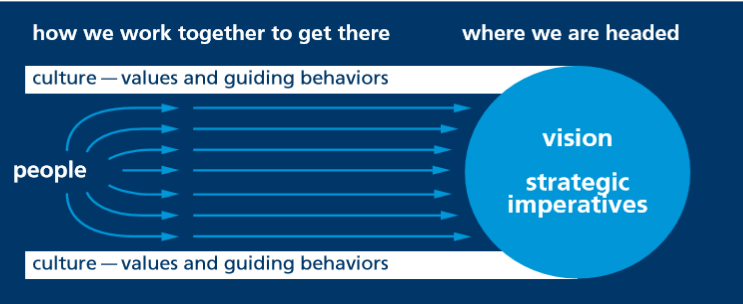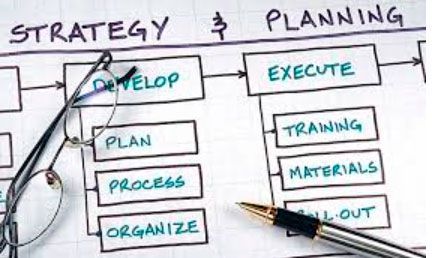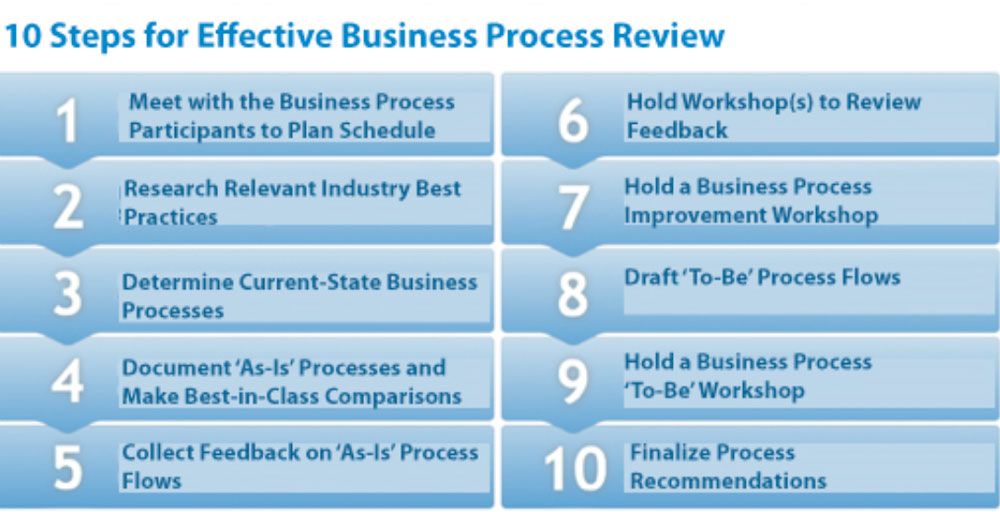
Business Improvement Services
Industrial operations must continually seek to improve the financial outcome to remain competitive in world markets. This challenge, requires regular evaluation processes, operations and management systems. Pulpeiro Consulting has the capability to carry our business evaluations and to assist with the implementation.
This includes:
The most successful business organizations intentionally focus and align the efforts and energy of all employees on defined end results.
There was a time when organizations could succeed even though they were unaligned and semi-dysfunctional. Those times are rapidly disappearing. The firms that succeed in their industries are those that can:
- Connect people to a positive vision of the future;
- Focus them on the strategic imperatives that define success; and
- Define the needed behaviors to succeed via the values and culture of the organization.

Strategic planning is an organizational management to set priorities, focus energy and resources, strengthen operations, ensure that employees and other stakeholders are working toward common goals, establish agreement around intended outcomes/results, and assess and adjust the organization’s direction in response to a changing environment. It is a disciplined effort that produces fundamental decisions and actions that shape and guide what an organization is, who it serves, what it does, and why it does it, with a focus on the future. Effective strategic planning articulates not only where an organization is going and the actions needed to make progress, but also how it will know if it is successful.

Four basic phases are: 1) analysis or assessment, where an understanding of the current internal and external environments is developed, 2) strategy formulation, where high level strategy is developed and a basic organization level strategic plan is documented 3) strategy execution, where the high level plan is translated into more operational planning and action items, and 4) evaluation or sustainment / management phase, where ongoing refinement and evaluation of performance, culture, communications, data reporting, and other strategic management issues occurs.

The organizational review process consists of analyzing your business functions, employee structure, operating processes or a combination of these. For small-business owners, an effective organizational review includes examining the structure and performance of your departments or functional areas and reviewing the employees within each area.
Organizational Design looks for integrating the direction, information, people, and technology of an organization to ensure alignment with business strategy. It is used to match the form of the organization as closely as possible to the outcomes that the organization seeks to achieve.
A review is often conducted in order to determine how the business needs to improve and best conducted in line with annual business and workforce planning processes or in response to key events (such as changes in client needs, funding, technology, processes, priorities). Depending on what aspect of the business is being improved, there is an opportunity to develop structures that improve career opportunities, decision-making and communication flow.

What’s the key element of a Management Operating Process and System?
- The discipline of constantly reviewing the Key Performance Indicators that define the success or failure of achieving business plans and objectives and acting accordingly.
It is easier to do this, at all levels within the business, if procedures exist that make such data readily available on a timely basis. These procedures form the basis of the Management Operating Process and System.
What Management Operating Processes & Systems should do:
- Record actual performance
- Compare actual performance to an accurate plan
- Ensure plan contains no inherent lost time
- Indicate degree of loss -therefore it prioritizes
- Indicate when problem is solved
- Monitor Key Performance Indicators
What do Management Operating Processes & Systems do for our businesses?
- Define the routines required to control the business.
- Facilitate management by fact rather than “gut feel”
- Facilitates “no excuses” management.
- Provide employees with clear performance expectations.
- Provide the focus for actions and continuous improvement.
- Free up management time for new tasks.
Conducting an effective business review process ensures that your company operations produce the desired results in the most efficient manner. To conduct a business process review, assemble a team of people representing all levels of the organization affected by any changes to the current business process. Assembling the right people can help you identify problems, determine potential improvements, assign project managers, implement quick fixes and develop a long-term plan.
Map your Current Process
List the critical business processes used to produce your products and services. Discuss problems in the current environment, such as delays in receiving supplies or supplier quality issues. Gather the team to brainstorm ideas about why the problems exist and how to handle them. Conduct research to learn how other companies handle
Design a new Process
Redesigning business processes involves ensuring that all processes for company functions align to current strategic goals. Fine-tune the process based on the analysis conducted as part of the business process review. Review your new process with the team to determine dependencies between organizations and potential problems. Document all changes recommended by the business process review team.

The collective skills, abilities, and expertise of an organization are the outcome of investments in staffing, training, compensation, communication, and other human resources areas. They represent the ways that people and resources are brought together to accomplish work. They form the identity and personality of the organization by defining what it is good at doing and, in the end, what it is. They are stable over time and more difficult for competitors to copy than capital market access, product strategy, or technology. They aren’t easy to measure, so managers often pay far less attention to them than to tangible investments like plants and equipment, but these capabilities give investors’ confidence in future earnings.
We look at organizational capabilities and how leaders can evaluate them and build the ones needed to create intangible value.

How to?
To build a management system that identifies and solves problems and continuously improves the business it is required:
- Standardize Processes
- Measure Performance
- Identify and solve problems
- Continuously Improve
Steps:
- Implement a sustainable and fully integrated management system that incorporates the principles and rules in use of Operational Excellence.
- Implement standard process and equipment management strategies and procedures.
- Engage all employees by implementing and sustaining visual daily management systems at the activity level of their work.
- Involve them in reviewing and standardizing their basic routine work.
- Make the work standard visible and capture problems with execution.
- Involve employees in solving problems with executing their work. Sustain the daily management systems and problem solving with 3 in a row leadership standardized work.
- Deploy improvement tools – 5S, Autonomous Maintenance, Connections Reliability Excellence and Kaizens to continuously improve the business and address critical process and equipment issues.
- Elimination of Waste
- Empowered People
- Make to Use
